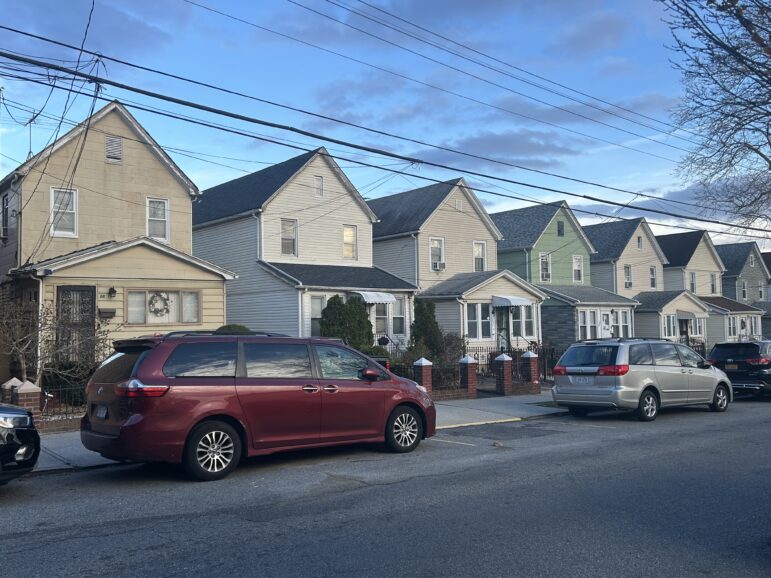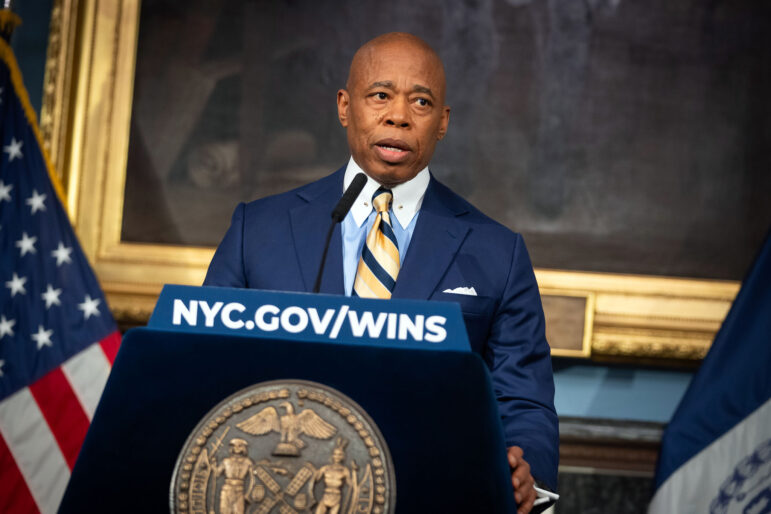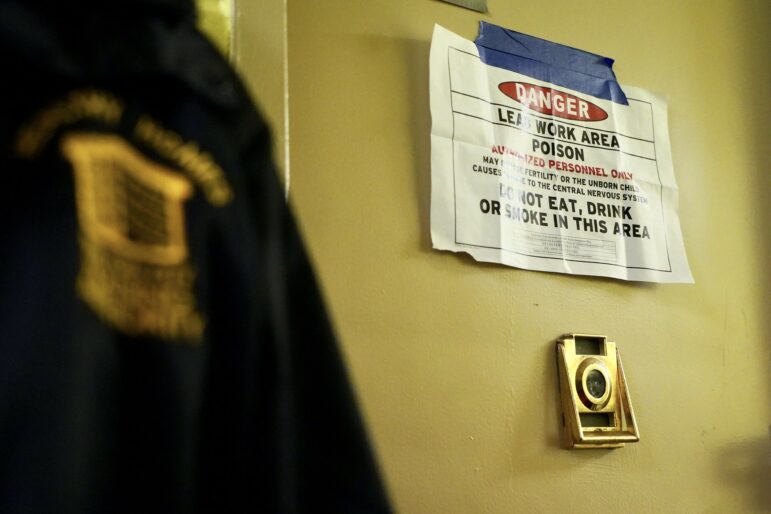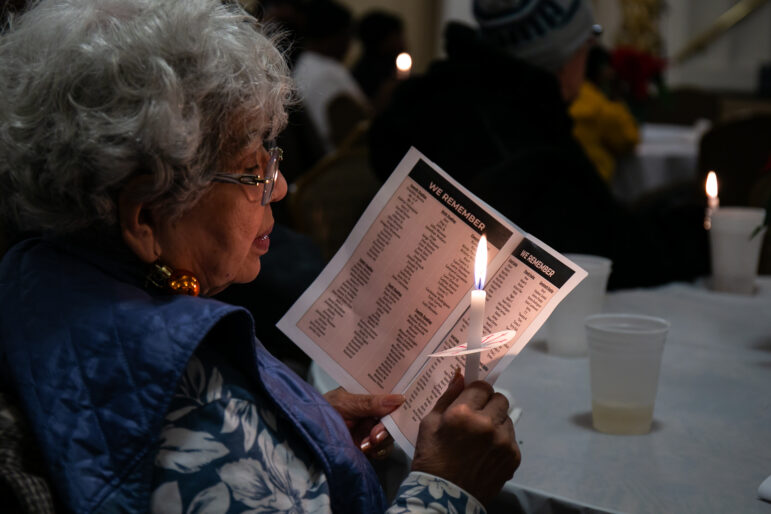Still trying to recover from the economic effects of the September 11 attacks, and fighting for the support they need to do so, residents of Chinatown are vying for more political power, and they say sharing a City Council district with residents of the Lower East Side is the best way to get it.
Last Tuesday, more than 100 members of the two neighboring communities packed a hearing of the New York City Districting Commission to demand that one City Council member represent both Chinatown and the Lower East Side.
A districting commission is appointed by the mayor and City Council every 10 years to redraw council district lines based on new census data.
For the last decade, the two neighborhoods have sat in different districts, with Chinatown sharing a council seat with TriBeCa, SoHo and Battery Park City in District 1, and the Lower East Side sitting with the East Village and Gramercy Park in District 2. The Districting Commission’s first draft proposal, released in late October, keeps these districts’ lines mostly the same.
Many Chinatown organizations argue, however, that this arrangement has actually hurt them. The needs and concerns of residents in SoHo and Tribeca are very different from those of Chinatown, said Margaret Fung of the Asian American Legal Defense and Education Fund. But, she added, with Lower East Side residents’ incomes hovering, on average, below $25,000, they, like the Chinese community, need affordable housing and better health insurance, as well as improved bilingual education.
The proposed district lines “dilute possibilities” for both communities to receive “effective representation,” Lower East Side resident Joan Washington testified.
Unfortunately for them, their arguments go against those of both of the area’s council members. While District 2 Councilmember Margarita Lopez says she wishes Chinatown and the Lower East Side were drawn into one district in 1990, the last time the city redistricted, the last decade has seen the formation of new alliances. It would cause trouble, she said, to break them up.
District 1 Councilmember Alan Gerson agrees that Chinatown should remain in his district. “We would like to preserve the multicultural aspect” of the district, said Gerson’s chief of staff, Dirk McCall. Keeping together communities directly affected by September 11, he added, is critical.
Lower Manhattan’s Council lines are not the only ones creating a stir. On the border of Brooklyn and Queens, a battle is raging over Districting Commission’s proposal to put Ridgewood and Bushwick–neighborhoods split by borough lines–into one district.
For Bushwick’s incumbent Councilmember Diana Reyna and local Assemblymember Vito Lopez, the commission’s idea is a good one: According to the Puerto Rican Legal Defense and Education Fund, the Brooklyn neighborhood’s community board has lost 11 percent of its Latino population since 1990. To keep Latinos in the majority, argue Reyna and Lopez, the district has to dip into Ridgewood, Queens, where the Central and South American population has grown in recent years. “You need to connect Hispanics to Hispanics,” said Lopez.
However, many nearby residents of Queens, as well as local state Assemblymember Cathy Nolan and Councilmember Dennis Gallagher, see the change as no more than a political land grab. “We want to be represented by a Queens council person,” said Paul Kerzner, president of the Ridgewood Property Owners and Civic Association. “There is resentment that someone on the commission thinks they know better than we do.”
The commission must submit its final plan to the City Council by December 18. From there, the proposal will go to the federal Department of Justice, which must determine whether the new district lines adhere to the Voting Rights Act.








